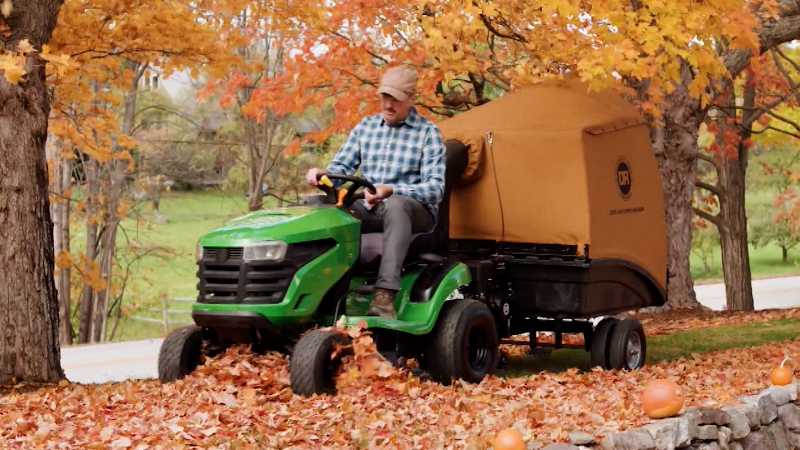Want to get rid of moss in your lawn? These steps can help control, kill native plant

- Moss thrives in damp, shaded areas with poor soil conditions where turfgrass struggles.
- Improving soil fertility, pH, drainage, and sunlight can help turfgrass out-compete moss.
Moss is a native plant that is opportunistic and will grow where conditions are not favorable for healthy lawns. These are usually damp, shaded areas where the moss thrives and the turf struggles.
To control the moss in your lawn, provide conditions that contribute to dense, actively growing turfgrass to allow the lawn to out-compete the moss.
Moss is usually associated with a combination of low soil fertility, acidic soil (low pH), shade from trees and shrubs, poor drainage, or excessive irrigation. Limited air circulation, soil compaction and low mowing height can also contribute to a favorable moss habitat.
Controlling moss in your lawn
The first step to controlling moss is to test the soil at least every three years for available nutrients and pH. Soil test kits are available at your county extension office for a fee. The soil test results will indicate the amount of lime or fertilizer needed to improve soil conditions and to adjust the pH for optimum turf growth.
Prune trees and shrubs or remove entire trees to allow more sunlight and to increase air circulation in the area. Fill in low-lying areas with topsoil to correct poor drainage. Use a turf seed blend that is specifically suited for shade or moisture to reseed.
After improving conditions to make the lawn more favorable to turf and less favorable to moss, rake the area with a steel rake to remove the moss and reseed the bare ground. Products that contain iron sulfate or potassium salts of fatty acids are also available to kill moss and act as pesticides. These products are drying agents that burn the moss, turning it brown or tan. Once the moss has died, rake it up and reseed.
Unfortunately, this process is not a one-time application and will take repeated effort to solve the problem. It is important to follow all label directions to prevent desirable turfgrass from being burned as well.
Consider shade-loving plants instead
If conditions can’t be altered, plant shade-loving plants instead of turf.
These plants can provide ground cover, reduce erosion and add aesthetic value to your landscape. Once established, they can require less maintenance than turfgrass. Moss can also be an attractive, low-maintenance groundcover, so consider letting it grow.
Moss in lawns can be both a challenge and an opportunity. By understanding the conditions that favor moss growth and implementing strategies to promote healthy turfgrass, homeowners can manage this invader effectively. In areas where turfgrass struggles, consider low-maintenance alternatives like moss or shade-loving plants to provide sustainable and visually appealing ground cover solutions.
If you have questions about moss or want information on how to test your soil, contact the Master Gardener Hotline at beavermg@psu.edu.
Mary V. Clark is a Penn State Master Gardener in Beaver County.